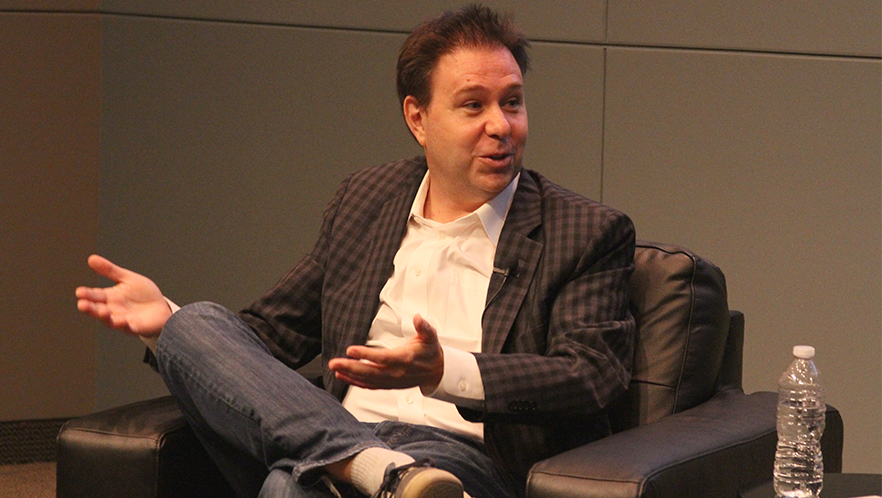With pro football’s first regular-season games just around the corner, millions of Americans are busy prepping for their annual fantasy football drafts.
Fantasy sports have become more popular than ever in recent years, thanks largely to the rise of technology. You can research your picks and download “cheat sheets” from hundreds of websites, draft your team remotely and change your lineup via an app. It’s all done online.
To learn more about the changing fantasy football landscape, we chatted with Paul Charchian, who has witnessed the transformation from the inside as one of the industry’s most recognized experts. He’s the founder of Fanball/LeagueSafe and president of the Fantasy Sports Trade Association.
When did you first get into fantasy football?
I started playing in the 1980s, before I even knew it was called fantasy football. We had our first draft in the middle-school cafeteria. There were no resources back then, so we just drafted players off the top of our heads.
I started my first company, Fanball, in 1993. That was pre-internet, at which point there still wasn’t any content for fantasy football other than a couple of magazines that were published in May. So you’d roll into your draft with a 3-month-old magazine. So we started a weekly magazine called Fantasy Football Weekly, which was groundbreaking at the time. That was considered super, super fresh news.
How have things changed since then?
Back then, fantasy football was the subject of ridicule and derision. If you could even get a mention from the mainstream sports media, it was a teasing: “You must live with your mom or have a 20-sided die in your pocket.” Now we’re at almost 60 million players in the U.S. and Canada, including almost one in three males under the age of 50. It’s a huge audience.
What role has tech played in that growth?
It was all catapulted by the internet and the introduction of online tools for running leagues. Pre-internet, there were maybe 5 million Americans playing. You had to wait until Monday morning to get the box scores from the newspaper, and then you had to tabulate all of the scores by hand. You’d print out the results on your dot-matrix printer, stuff them into envelopes and physically mail them to the other people in your league. The whole thing has completely changed, all because of the simplicity the internet brought.
Are smartphones, apps and social media accelerating that?
There are a lot of people who will never play fantasy on a computer, only on a phone. The whole speed of the game has improved so much with technology in our pockets. If a player gets hurt at practice, a beat writer is tweeting about it 30 seconds later. That gets picked up by hundreds of fantasy outlets and, next thing you know, I’ve got four notifications on my phone. It’s almost a requirement now to be plugged in to what’s happening around the league, because whoever knows something first has a competitive advantage.
What’s next? Where is the industry going?
We’re seeing a diversification into non-sports gaming. There are leagues based on the box-office success of movies or reality TV show contests. Those bring in a whole new audience. You can take the core gameplay that is fantasy and apply it to anything that is a competition, basically.
Tech Talk is an occasional series that explores the intersection of tech and life.


